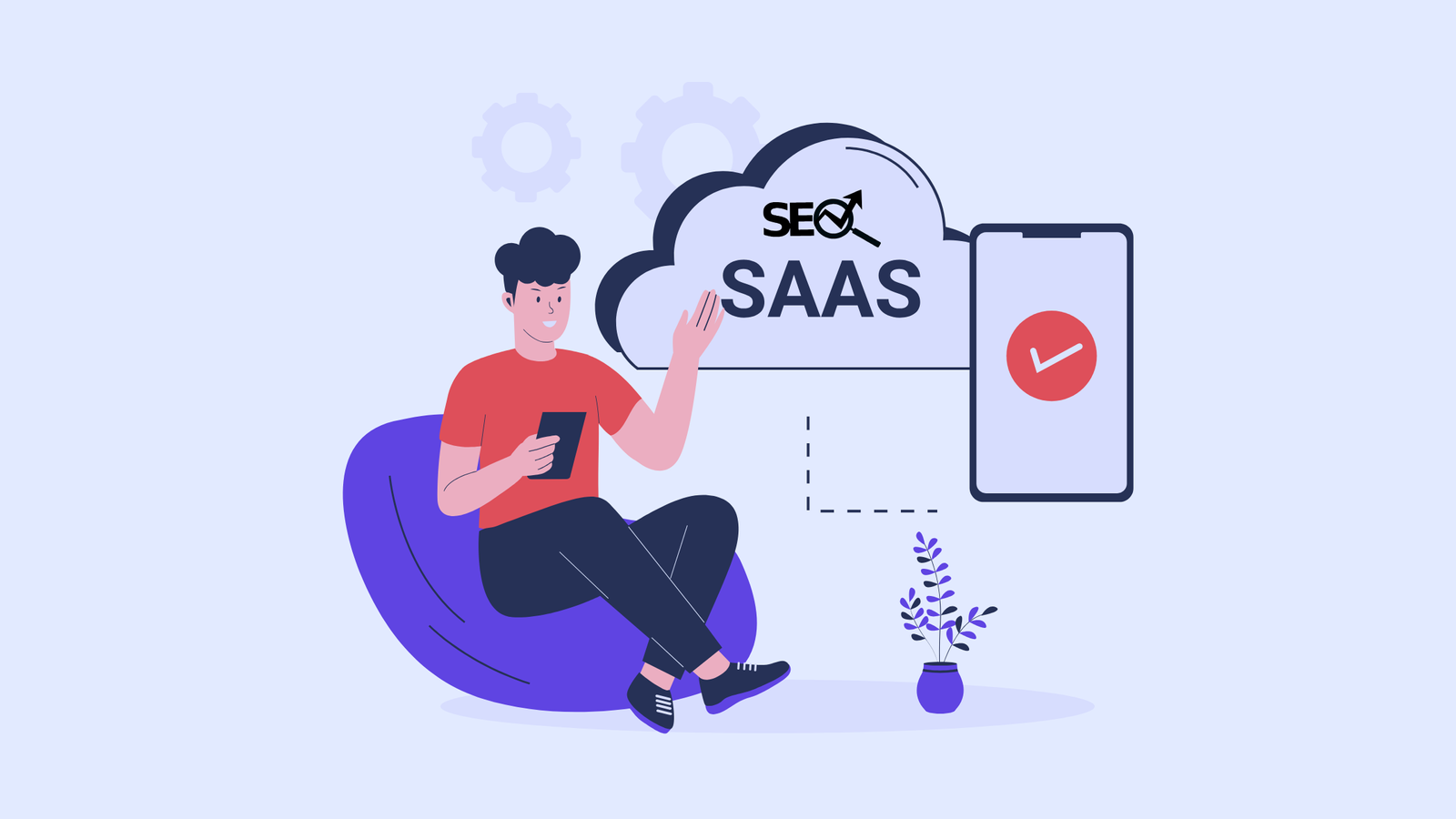SEO for SaaS: The Ultimate Guide to Scale Your Product
In the ever-changing world of SaaS, acquiring and retaining customers has always been a challenge. The difference between SaaS applications and traditional businesses is that the latter depends on one-time purchases to generate revenue, while the former relies on recurring subscriptions.
Sustainable growth becomes a priority in such a scenario. This is where SEO comes to the rescue. An effective SEO strategy helps SaaS companies attract high-intent users, thereby lowering customer acquisition cost (CAC) and building long-term organic visibility.
This guide will explain every aspect of SEO that SaaS companies need to know: keyword research, on-page optimization, content marketing, technical SEO, and link-building strategies.
For startups establishing their online presence or mature SaaS businesses trying to increase organic traffic, this guide will provide actionable insights for sustainable growth.
Digital Growth Challenges Faced by SaaS Companies
SaaS (Software as a Service) companies struggle in the fiercest and fastest evolving world of digital arenas. However, while the SaaS model boasts significant advantages, certain unique challenges are there for gaining sustainable digital growth.
So it is very necessary to get familiar with those challenges because they form the basis of formulating effective strategies and sustaining one’s competitive advantage.
1. Balancing Customer Acquisition Cost (CAC) and Lifetime Value (LTV)
Most high costs incurred in acquiring customers lie within the SaaS industry due to its needs for targeted marketing, sales efforts, and onboarding. Its challenge is matching a customer’s Lifetime Value to that customer’s (CAC) to give positive net flows and sales.
This challenge is compounded by factors such as rising advertising expenditures, increasing competition, and demand for personalization of customer experiences. The long-time horizon of SaaS subscriptions also increases the complexity of this merchant equation.
2. High Churn Rates
Churn, or loss of clients, is a significant hurdle for SaaS companies. In the endless alternatives in the market, customers could easily switch service providers if they are not happy with the product or service.
Some factors leading to churn are bad user experience, lack of feature updates, poor customer support, and providing no ongoing value. A good customer community and customer service are very valuable.
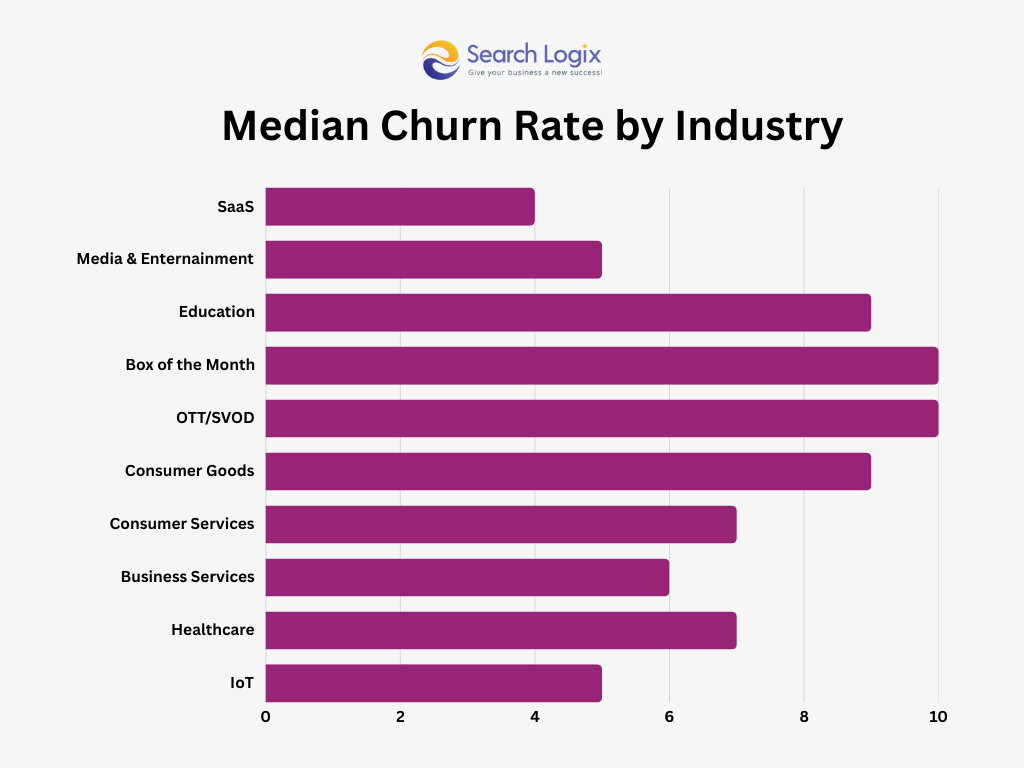
Heavy investment in customer retention strategies is now required from SaaS companies. Examples of effective customer retention strategies include proactive customer engagement, personalization of support, and continuous product improvement.
3. Scalability and Infrastructure
As SaaS companies grow, they must scale up their infrastructures to keep up with increasing demand. This entails scaling up servers, databases, and all the other components for good performance and reliability.
The difficulty lies in forecasting this growth and investing in an infrastructure that is scalable enough to accommodate changing requirements. Besides, security and data integrity would be major parts of scaling up, too.
4. Establishing Authority in a Crowded Space
Content marketing is the major tool used by SaaS organizations to lure potential customers into the company’s direction. But to become a leader with thought in the industry with other competitors, high-quality, relevant content and engaging material should be written that speaks well to the audience.
Creating expert and useful content through blog posts, white papers, case studies, and videos would be the steps to establishing authority.
5. Product-Led Growth (PLG) Implementation
Product-Led Growth (PLG) is a well-known SaaS strategy that relies on helping users acquire, retain, and expand through the product itself.
However, in practice, an effective implementation would require an understanding of user behavior and a commitment to iterating on the product. The challenge is thus to design a seamless experience that facilitates adoption and conversion.
6. Global Expansion and Localization
Typically, SaaS companies try to penetrate global markets. But then comes the trouble of actually modifying the products and marketing strategies to fit different cultures and languages.
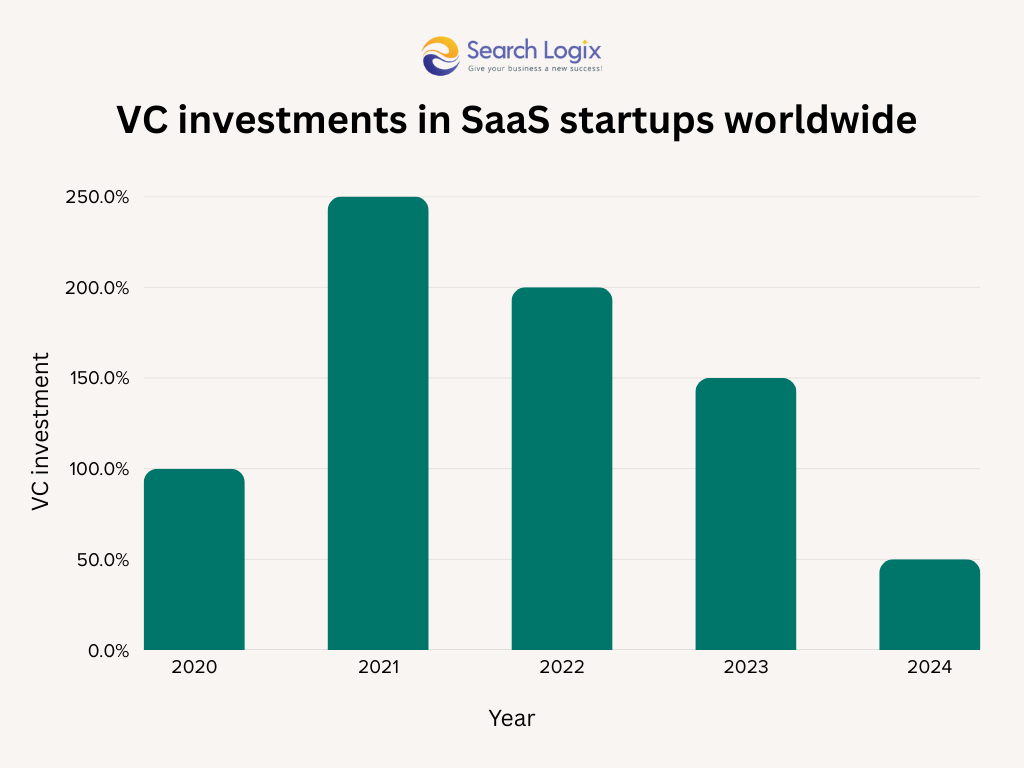
It is tough to reconcile the content localization and multilingualism dichotomy in compliance with local regulations. These companies will have to carry out extensive market research and come up with detailed strategies for each target market.
Importance of SEO for SaaS Growth
Establishing a robust online presence is more than a boon to growth in the world of SaaS – it’s critical for survival. SEO presents many advantages that are tailored for the specific challenges and opportunities faced by SaaS companies.
1. Drives organic leads to lower CAC
Like other SaaS companies, SaaS usually suffers from high CAC. SEO’s low-cost alternative solution to paid advertising is the organic traffic from users who have been inclined to search for problem-solving suggestions.
Based on HubSpot’s report, inbound leads cause a lead-cost 61% less compared to outbound marketing (including SEO). Lower CAC means greater profitability and a sustainable business model.
SaaS providers can obtain qualified leads further down their sales funnel by optimizing content for relevant keywords and addressing user intent. Such approaches translate into higher conversion rates and reduced dependence on pricey paid campaigns.
2. Boosting brand visibility
Trust and credibility are of utmost priority to any SaaS service. SEO contributes to brand authority by putting your company forward as a thought leader in its respective niche.
According to research conducted by Edelman, 81% of consumers state that trusting a brand is a prerequisite for buying from it. Therefore, when the visibility and authority of a brand increase, the rate of customer acquisition and retention will also grow.
Creating important content that tackles user problems with meaningful insight can continue to establish your company as an authority and increase trust and loyalty.
3. Addressing your audience better
SaaS products tend to solve specific problems and address specific use cases. Thus, SEO allows targeting long-tail keywords to attract the users themselves.
Google claims it is focusing more on user intent and less on exact keyword match. By creating content that speaks directly to solve user problems and answer their questions, SaaS companies can attract focused leads.
Focusing on user intent instead of just keywords will keep the users longer and thereby increase retention. It leads highly targeted traffic and engagement with user conversion and satisfaction.
4. Offers product-led growth
SEO can be an important driver for a product-led growth strategy. Simply optimizing your product pages, feature pages, or demo content will attract SaaS users seeking solutions to the product.
OpenView suggests that product-led companies benefit from a higher valuation by 30%. Promotion of free trial and freemium models by SEO is extremely effective.
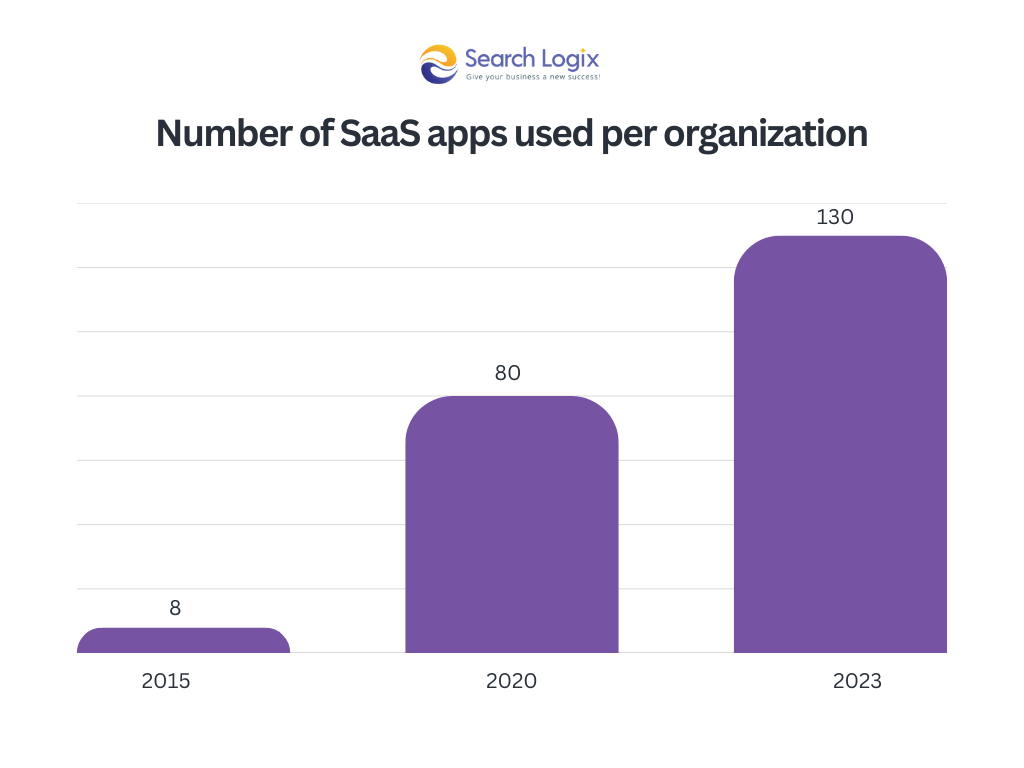
Creating useful content that specifies the benefits and use cases of a particular product will increase product consumption and promote enhanced user engagement. Increased product adoption and usage translate into improved customer retention and revenue growth.
5. Brings a sustainable content strategy
Content marketing and SEO go together because creating content that is valuable and relevant allows them to drive organic traffic and create an audience that is loyal to them.
Companies that blog receive 67% more leads on average per month than those that do not. Therefore, a properly devised content marketing strategy, owing to its SEO requirements, can yield long-standing results that lessen dependency on paid ads.
On the same note, SEO-focused content marketing builds E-E-A-T as well. Sustainable content marketing will give continuous organic traffic and lead generation, as well as brand recall.
Complete SaaS SEO Strategy
A robust SaaS SEO strategy is a multi-faceted approach that integrates keyword research, on-page optimization, technical SEO, content marketing, link building, and conversion rate optimization. It’s not just about ranking; it’s about attracting qualified leads and driving sustainable growth.
Here are the key SEO strategies to implement for your SaaS growth:
1. SaaS-based Keyword Research
SaaS products often use specialized jargon. Build a glossary of industry terms and incorporate them naturally into your content. Instead of “software,” use terms like “cloud-based platform,” “API integration,” or “SaaS subscription.”
Here are the types of keywords you can use to make your SaaS SEO strong:
- Feature-Based Keywords:
Identify the core features of your SaaS product and create content around them. For example: If your project management software has a “Gantt chart” feature, target keywords like “Gantt chart software,” “Gantt chart collaboration,” etc.
- Use-Case Keywords:
Target keywords related to specific use cases of your product. For instance, if your CRM is used by sales teams, target keywords like “CRM for sales pipeline management,” “CRM for lead tracking,” etc.
- Problem-Solution Keywords:
Focus on keywords that address the pain points your SaaS product solves Use this example: “How to automate customer onboarding,” “reduce churn rate software,” “improve team productivity tools”.
- Long-Tail Keywords:
These are highly specific phrases that indicate strong user intent. For instance “best agile project management software for remote development teams”
2. On-Page SEO Improvements
There are several on-page optimization elements that you should include in your SaaS SEO strategy. These include:
- Title Tags and Meta Descriptions:
Craft compelling title tags and meta descriptions that accurately reflect the content of each page and incorporate relevant keywords. Keep title tags under 60 characters and meta descriptions under 160 characters.
Example: Title Tag: “Agile Project Management Software | [Your Brand]” Meta Description: “Streamline your team’s workflow with our agile project management software. Start your free trial today!”
- Structure Header Tags (H1-H6):
Use header tags to structure your content and highlight important keywords. Use only one H1 tag per page and use subsequent tags to break down content logically.
- URL Structure:
Create clean, SEO-friendly URLs that are easy to read and understand. Include relevant keywords in your URLs, for example: yourdomain.com/blog/project-management-best-practices
- Image Optimization:
Use descriptive alt text for images, incorporating relevant keywords. Compress images to improve page loading speed.
- Content Optimization:
Create high-quality, informative content that addresses user intent. Incorporate keywords naturally throughout your content. Focus on providing value and solving user problems. Also, utilize internal links to connect related pages of your website.
3. Implement Technical SEO
Technical SEO involves all the optimization related to your SaaS website, from loading speed to enhancing user experience and security.
Implement the following technical SEO factors:
- Mobile-Friendliness:
Ensure your website is responsive and provides a seamless user experience on all devices. Mobile SEO is an important ranking signal for Google, and hence make sure you website is discoverable on multiple smartphones.
- Site Speed Optimization:
Optimize page loading speed by compressing images, minifying CSS and JavaScript, and leveraging browser caching. Use tools like Google PageSpeed Insights to identify and address performance issues.
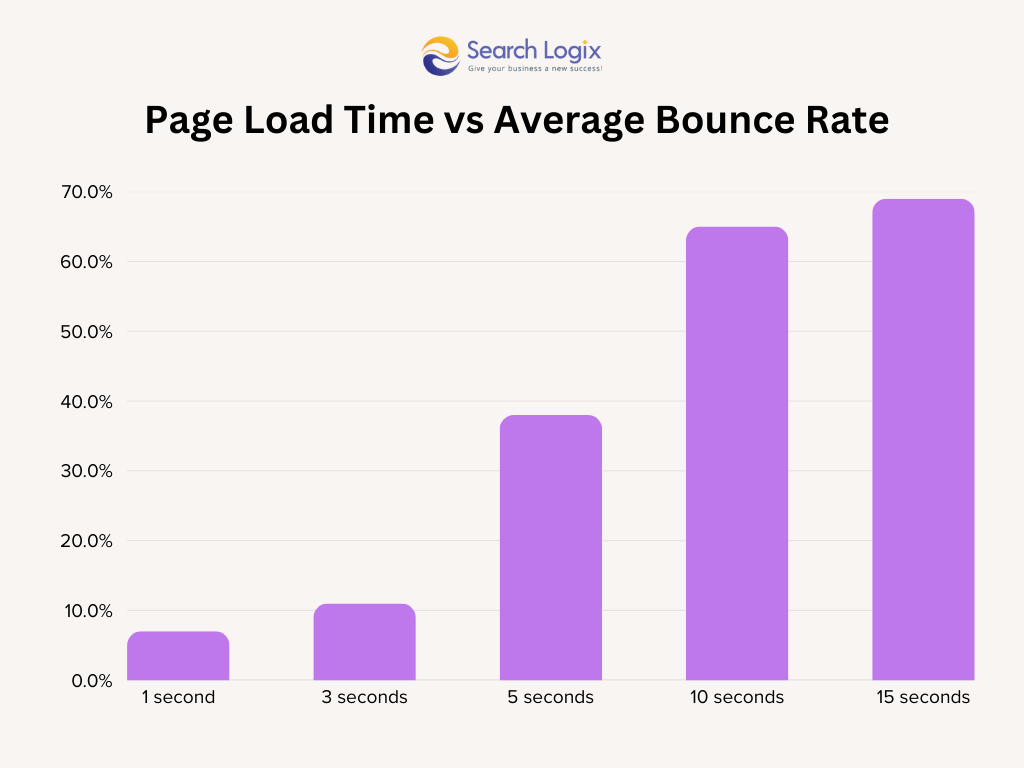
- Mobile-First Indexing:
Ensure your website is optimized for mobile devices, as Google primarily indexes mobile versions of websites.
- Schema Markup:
Implement schema markup to provide search engines with structured data about your content. This can enhance your search engine results and improve click-through rates.
- XML Sitemap:
Create an XML sitemap to help search engines crawl and index your website effectively. Also, use a robots.txt file to control which pages search engines can crawl.
- HTTPS Implementation:
Ensure your website uses HTTPS to provide a secure browsing experience.
- Crawlability and Indexability:
Check for and fix crawl errors and indexation issues using Google Search Console. Also, use canonical tags to avoid duplicate content issues.
4. SaaS Content Creation and Distribution
Content is the key to attracting your potential audience to understand about SaaS products and your brand. To utilize it in effective ways, follow these steps:
- Publish Blog Content:
Create blog posts that address user pain points, provide valuable insights, and showcase your SaaS product’s expertise. Focus on long-form content that provides in-depth information.
- Case Studies:
Showcase how your SaaS product has helped real customers achieve their goals. Use data and testimonials to build credibility.
- White Papers and eBooks:
Create in-depth resources that provide valuable information to your target audience. Use these as lead magnets to generate leads.
- Videos and Webinars:
Create engaging video content that showcases your SaaS product’s features and benefits. Host webinars to educate your audience and generate leads.
- Infographics:
Visually represent data and information to make it easier to understand and share.
- Content Distribution:
Promote your content on social media, email marketing, and relevant industry forums. Consider guest blogging on other websites to reach a wider audience.
5. Link Building for SaaS Websites
There are multiple link-building strategies to strengthen your SaaS SEO, boost your brand’s online authority, and bring quality traffic. Try these:
- Guest Blogging:
Contribute high-quality articles to relevant industry blogs and websites. Include links to your website in your author bio or within the content.
- Broken Link Building:
Identify broken links on other websites and offer to replace them with links to your content. These links often harm your overall SEO performance.
- Resource Page Link Building:
Find resource pages on relevant websites and offer to add your website to their list. This will increase your recognition in the digital world as a reliable SaaS company.
- Industry Directories and Listings:
List your SaaS product on relevant industry directories and review sites. These websites have millions of visitors who can also get to know about your SaaS business and its products.

- Creating Valuable Content:
Create content that people will want to link to. Include statistics from credible sources and in-depth information to help users understand the topics.
- PR and Outreach:
Reach out to journalists and bloggers to link your content in their write-ups and publications. This will help to maximize your visibility and credibility.
6. Local and International SEO
These types of SEO can help your SaaS gain attention from multiple local and international regions. Utilize these tips to leverage this type of SaaS SEO:
- Local SEO:
If you have a physical location or serve a local audience, optimize your Google Business profile. Build local citations and encourage customer reviews.
- International SEO:
Use hreflang tags to indicate the language and region of your content. Create localized content and translate your website into relevant languages, and use country code top-level domains.
- Language Specific Keyword Research:
Research keywords in the target language that can help you gain top rankings on search results.
7. Conversion Rate Optimization (CRO)
Conversion rate optimization (CRO) is a crucial part of SaaS SEO that focuses on transforming the outcomes into lead generation opportunities. Implement the following strategies to leverage it:
- A/B Testing:
Test different versions of your landing pages, calls to action, and other website elements to identify what works best.
- Landing Page Optimization:
Create compelling landing pages that are optimized for conversions. Use clear calls to action and highlight the benefits of your SaaS product.
- User Experience (UX) Optimization:
Ensure your website is easy to navigate and provides a seamless user experience. Simplify your checkout process and reduce friction.
8· Measuring & Tracking SaaS SEO Performance
Tracking your SaaS SEO performance helps you analyze your progress and make the necessary decisions to optimize your campaigns for better outcomes. Here are certain ways to track your performance:
- Use Google Analytics:
Track website traffic, user behavior, page rankings, indexing, and conversion rates through Google Analytics.
- Google Search Console:
Monitor your website’s performance in search results, identify crawl errors, and submit sitemaps.
- Keyword Rank Tracking:
Track your keyword rankings over time to measure the effectiveness of your SEO efforts. Track location-based keywords as well to measure your SEO performance in specific regions.

- Conversion Tracking:
Track your conversion rates to measure the ROI of your SEO efforts. Analyze user acquisitions after they visit the website.
- Regular Reporting:
Create regular reports to track your progress and identify areas for improvement.
Partner with eSearch Logix for Growth-driven SaaS SEO
To be competitive in SaaS today requires sustainable growth for businesses that employ a methodical and analytical approach to SEO.
Partnering with eSearch Logix means enlisting an entire team of experts who dedicate their time to maximizing your online visibility, nailing targeted leads, and boosting your SaaS revenue. Our core SEO services enable businesses unlock growth opportunities while boosting lead generation.
Here are the core reasons to choose us:
- Deep SaaS Industry Expertise:
We recognize the SaaS industry as a unique space with its challenges and opportunities. We have been in business with numerous SaaS clients delivering measurable results and high growth.
- Personalized solutions:
Custom SEO strategies are developed for your specific goals, personas, and products. Every pinpoint is data-backed, making sure that each strategy is backed by exhaustive research and analysis.
- Proven track record:
We have a long-standing history of achieving measurable results for the SaaS organizations under our care. We provide an array of services, including driving qualified leads, increasing traffic to websites, and raising conversion rates, while reporting regularly.
- Data-Driven Optimization:
The key metrics for our SEO campaigns are studied through advanced analytics and reporting tools and the constant monitoring of these indicators, we find weaknesses and optimize strategies for the best ROI.
- Long-Term Partnership:
We believe in having long-term partnerships with our clients. We work closely with you in line with your business objectives and we keep assisting and mentoring you.
Leverage the next-gen SEO services by eSearch Logix and grow your business to new heights. Just share your goals and challenges with us to get a personalized strategy.

